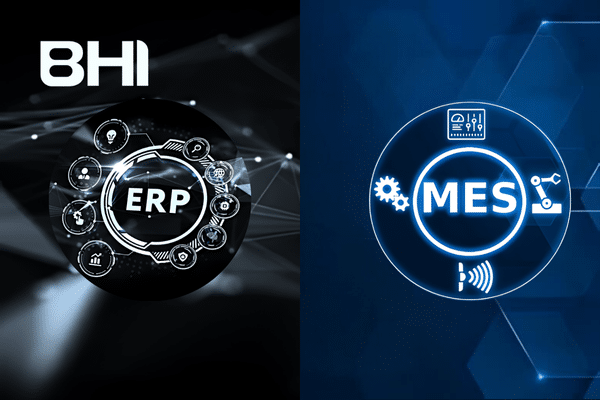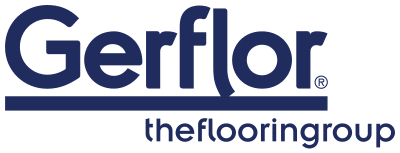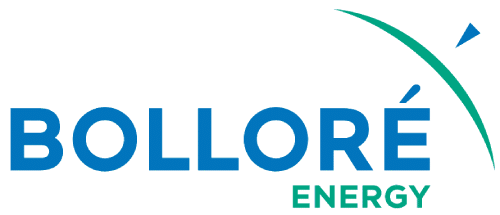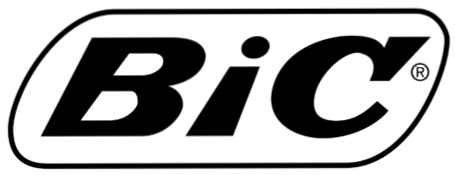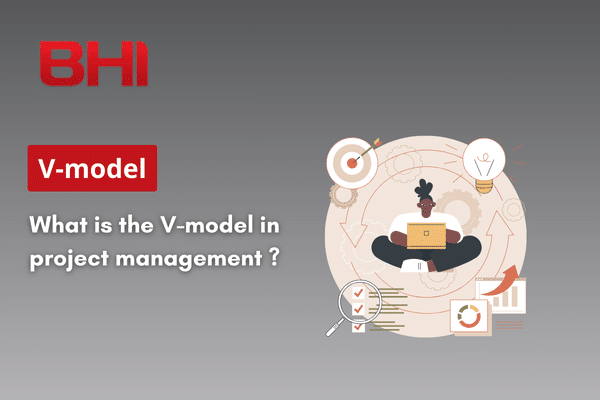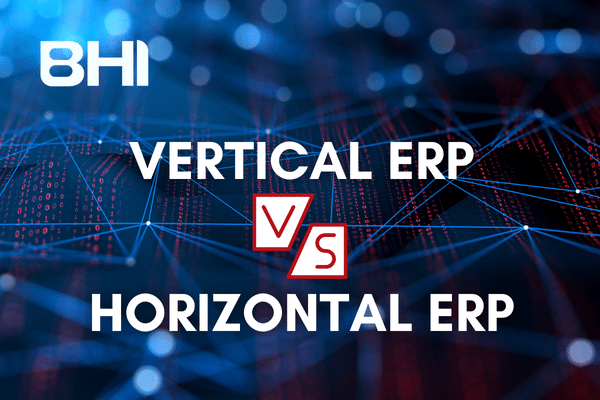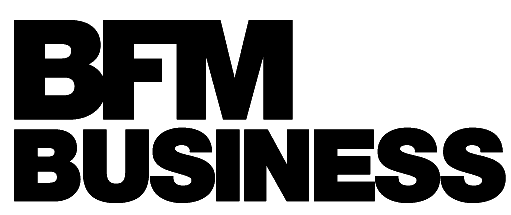In the complex landscape of modern industrial management, two systems stand out for their strategic importance: MES (Manufacturing Execution System) and ERP (Enterprise Resource Planning). Although these tools are sometimes confused due to certain functionalities that appear to overlap, they play distinct and complementary roles in the optimisation of industrial processes. This article aims to explore in depth the relationship between these two systems, highlighting their specific features, their complementarities and potential areas of redundancy.
What is an MES ?
The Manufacturing Execution System (MES) is a sophisticated IT system designed to manage and control production operations on the shop floor. It acts as a bridge between the company’s planning systems and the control systems on the shop floor, providing real-time information to optimise the manufacturing process.
Main MES functions
Real-time production monitoring
- Real-time collection and analysis of production data
- Monitoring the progress of production orders
- Detection and reporting of production anomalies
Management of production resources
- Detailed planning and scheduling of operations
- Optimum allocation of resources (machines, operators, raw materials)
- Monitoring equipment use and availability
Quality control
- Implementation and monitoring of quality control procedures
- Collecting and analysing quality data
- Management of non-conformities and corrective actions
Performance analysis
- Calculation of key performance indicators (KPIs) such as OEE (Overall Equipment Effectiveness)
- Analysis of downtime and difficulties
- Generation of detailed reports on production performance
Traceability
- Track batches and components throughout the manufacturing process
- Record production history for each product
- Facilitate product recalls when necessary
Maintenance management
- Planning and monitoring preventive maintenance operations
- Management of corrective maintenance operations
- Data analysis for predictive maintenance
What is ERP ?
Enterprise Resource Planning (ERP) is an integrated system that manages all a company’s operational processes. It centralises data from different departments to improve communication, efficiency and decision-making throughout the organisation.
Main ERP functions
Financial management
- General and cost accounting
- Management of budgets and financial forecasts
- Financial reporting and regulatory compliance
Human resources management
- Personnel administration (contracts, leave, payroll)
- Skills and training management
- Performance monitoring and career management
Inventory and supply chain management
- Real-time monitoring of stock levels
- Optimisation of orders and supplies
- Supplier and purchasing management
Production planning
- Long-term production planning
- Management of bills of material and operating ranges
- Calculation of net requirements (MRP – Material Requirements Planning)
Business Intelligence and reporting
- Multi-dimensional data analysis
- Dashboards and performance indicators
- Strategic decision-making support
Complementarity between MES and ERP
Although MES and ERP have distinct functions, they are often used in a complementary way to maximise a company’s operational efficiency. Here’s how the two systems complement each other :
Data integration
- MES provides detailed, real-time production data.
- ERP uses this data to refine long-term planning and optimise resource allocation across the business.
- This synergy enables more informed and responsive decision-making.
Improved inter-departmental communication
- By integrating MES and ERP, information flows more easily between the production workshop and the company’s other departments.
- This encourages better coordination between production, sales, purchasing and logistics.
Process optimisation
- MES optimises production processes on the shop floor.
- ERP optimises resource management and planning at company level.
- Together, they enable overall optimisation of the value chain.
Improved traceability
- MES ensures fine-grained traceability at production level.
- ERP completes this traceability by adding information on suppliers, customers and logistics.
- This end-to-end traceability is crucial for quality and regulatory compliance.
Integrated quality management
- The MES manages quality control in real time on the production line.
- The ERP integrates this quality data into a broader vision, including the management of customer complaints and quality audits.
Synchronised planning and execution
- ERP manages long-term planning and the calculation of requirements.
- The MES transforms these plans into detailed production orders and monitors their execution.
- This link ensures consistency between strategic planning and operational execution.
Areas of potential redundancy
Despite their complementary nature, there are areas where MES and ERP can overlap, potentially leading to redundancy. It is important to identify these areas in order to optimise the overall architecture of the information system :
Stock monitoring
- The MES monitors material consumption in real time.
- ERP manages overall stock levels and procurement.
- Poorly designed integration can lead to inconsistencies or duplication in stock management.
Quality management
- Both MES and ERP can include quality management modules.
- It is crucial to clearly define the responsibilities of each system to avoid duplication.
Reporting and analysis
- Both systems can generate reports on production performance.
- It is important to streamline reporting to avoid duplication of effort and ensure consistency of information.
Production planning
- ERP manages long-term planning, while MES manages short-term scheduling.
- The boundary between these two levels of planning can sometimes be blurred and needs to be clearly defined.
Human resources management
- MES can manage operator assignments and working hours.
- ERP manages the broader aspects of HR, such as payroll and skills management.
- Coordination is needed to avoid conflicts in the management of working time.
Trends and innovations
-
Digital Twin
Integration of digital twin concepts, where the MES feeds a real-time virtual model of the plant, enabling advanced simulations and continuous process optimisation.
-
Edge Computing
Deployment of processing capabilities at equipment level (Edge) to reduce latency and optimise bandwidth between the MES and the ERP.
-
Artificial Intelligence and Machine Learning
Use of AI algorithms for dynamic production optimisation, predictive maintenance and continuous process improvement, exploiting MES and ERP data.
Conclusion
MES and ERP are powerful tools which, when used in a complementary way, can radically transform the operational efficiency of an industrial company. MES provides unprecedented visibility and control over production operations, while ERP offers an integrated view of all business processes.
The key to successful integration lies in a thorough understanding of the strengths of each system and a well thought-out integration architecture. By minimising redundancies and maximising synergies, companies can create a powerful information ecosystem that supports operational agility, production excellence and overall optimisation of resources.
As technologies evolve, particularly with the advent of Industry 4.0, the Internet of Things (IoT) and artificial intelligence, the integration between MES and ERP will continue to strengthen, opening up new possibilities for the factory of the future.
At BHI Consulting, we understand that each industrial company has its own unique MES-ERP integration challenges. Our expertise enables us to assess your existing processes and design a bespoke solution. Whether you’re looking to optimise production, improve traceability or enhance decision-making, our team is ready to support you. Contact us today to find out how we can help you transform your manufacturing environment and reap the full benefits of successful ERP integration.

